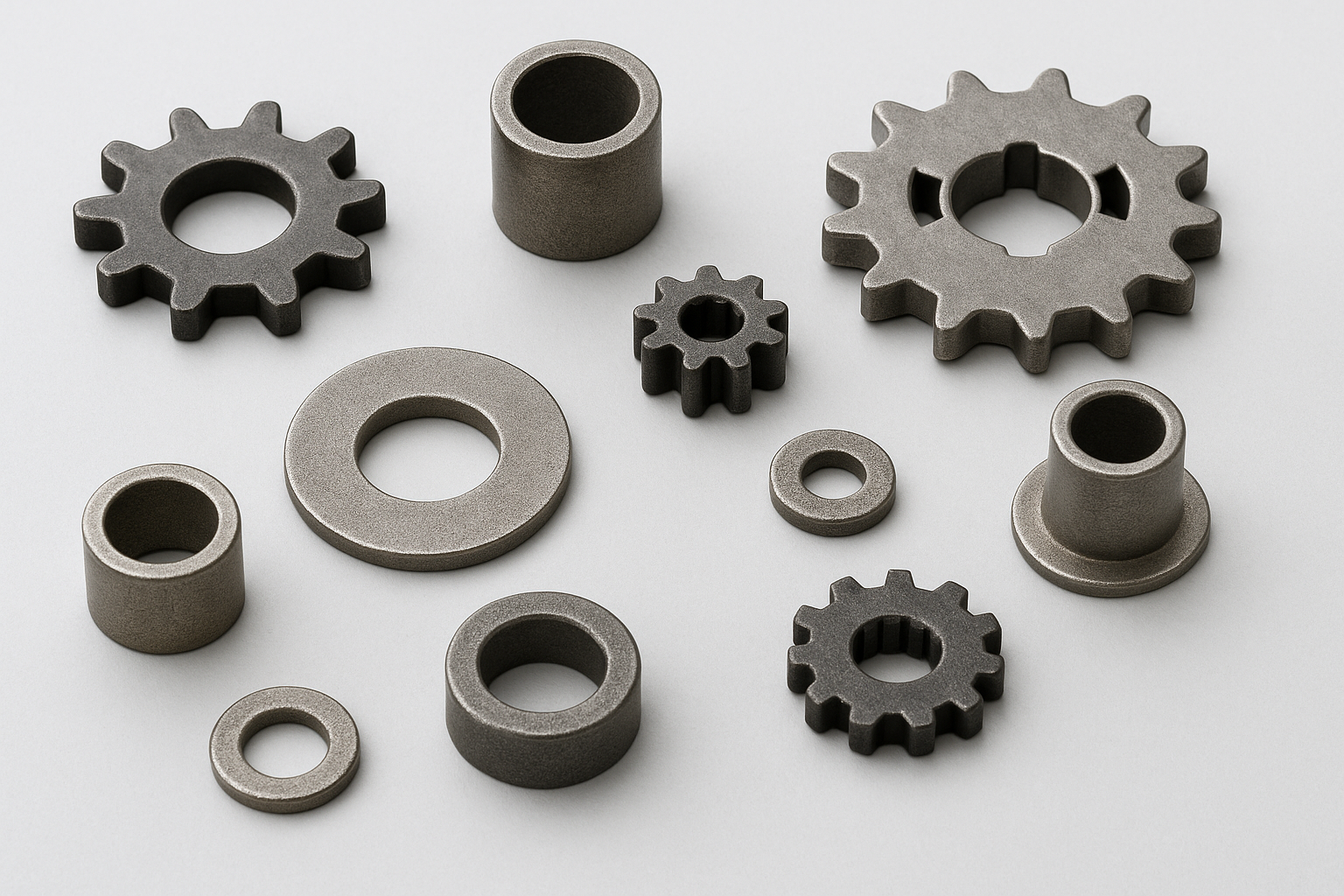Blog
Powder vs. Forged – Why Sintered Parts Are Winning in Hydraulic Applications
June 20, 2025
Optimise hydraulic systems in Australia using sintered parts from PM Distributors, designed for dependable, high-precision industrial performance.
Sintered Parts in Focus: Powder Metallurgy vs. Forging Techniques
Powder metallurgy surpasses traditional forging by enabling more accurate control of shape, size, and internal structure, which proves especially advantageous in hydraulic applications. While forging utilises intense heat and pressure to deform metal, it often results in parts with variable grain structures and less complex geometry.
Powder metallurgy allows the direct production of intricate hydraulic components with minimal need for secondary machining, lowering production costs and enhancing part precision. By comparison, forging frequently requires additional finishing steps and struggles to achieve the same degree of complexity and dimensional accuracy. As a result, powder metallurgy provides a superior pathway for delivering reliable, high-performance hydraulic components with tailored properties.
Material Versatility of Sintered Parts for Hydraulic Demands
Powder metallurgy provides a versatile material range that meets the technical requirements of hydraulic environments. Customisation is achieved efficiently, giving engineers access to diverse material properties for application-specific challenges.
The following advantages demonstrate why metal powder components are increasingly chosen in hydraulic systems:
• Controlled porosity in sintered components provides self-lubrication, reducing friction and extending operational life.
• Enhanced corrosion resistance allows sintered hydraulic parts to perform reliably in harsh or wet environments, minimising maintenance demands.
• Design flexibility enables the creation of complex forms and multi-functional features directly during production, improving assembly efficiency.
• Uniform material composition ensures predictable strength and fatigue resistance across every part, supporting dependable hydraulic performance.
• Customisable material blends allow adjustment of strength, hardness, and other mechanical properties to suit specialised hydraulic applications.
Performance Benefits of Sintered Parts Compared to Forged Components
Powder metallurgy consistently delivers mechanical and operational advantages over forging for hydraulic applications. The process allows for consistent density, optimised weight distribution, and intricate design options in a single production stage.
The following points illustrate how these advantages benefit hydraulic applications:
• Consistent mechanical properties across each unit improve reliability in demanding conditions.
• Reduced weight, due to efficient material use, enhances energy efficiency and operational effectiveness.
• Minimised material waste and streamlined production steps contribute to overall cost-effectiveness.
• Precision surfaces and consistent quality result in improved sealing and reduced component wear.
• Design adaptability supports the integration of new hydraulic system requirements without compromise.
• Superior reliability, even under fluctuating pressures, sustains long-term system performance.
• Environmentally responsible production processes reduce energy use compared to conventional forging.
Delivering Solutions through Sintered Innovation
PM Distributors provides sintered components designed to withstand the harshest conditions while meeting the specific needs of each client. Each solution is custom-manufactured to exacting standards, meeting unique operational requirements while delivering consistent results.
See our range of metal powder components designed for reliable performance in hydraulic applications.
Read this blog for more relevant information about the topic: Forged Parts vs. Powder Metal Parts: Which Manufacturing Method Wins
Optimized by: Netwizard SEO

